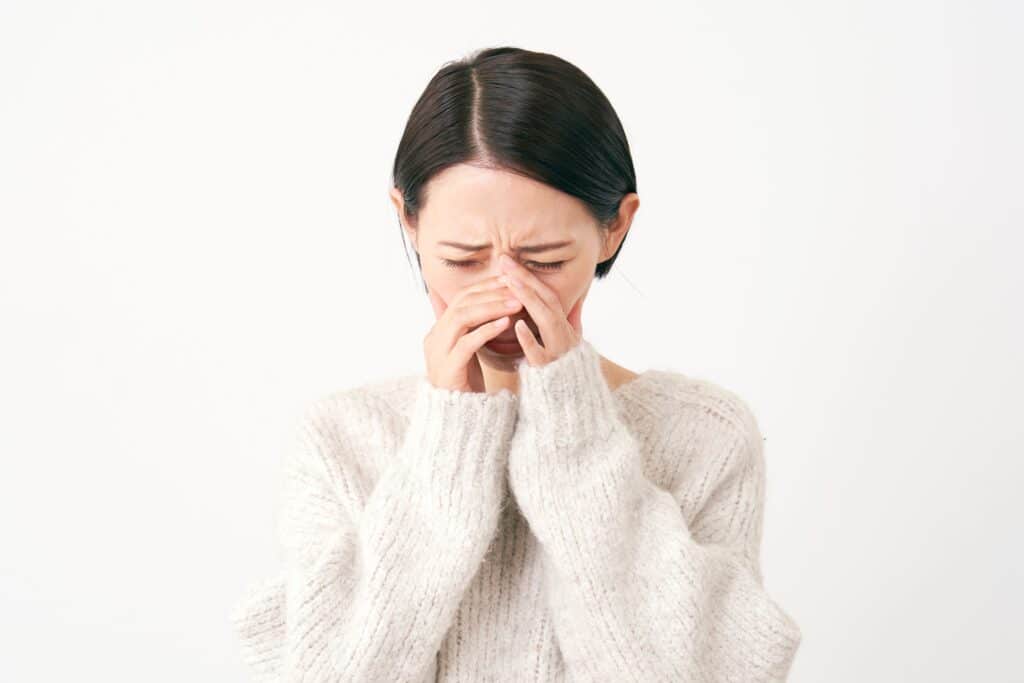March 1 is Self-Injury Awareness Day, an international event that takes place annually to raise awareness of a complex and often-debilitating mental health disorder. It is crucial that one recognizes the signs of self-harm and self-injury to know when a loved one might need compassionate, comprehensive mental health treatment.
Depending on the severity of the condition, treatment options for self-harm vary. In most cases, counseling and therapy are recommended. Medication may also be prescribed to manage a person’s urges to harm oneself. For those struggling with severe self-injury disorder, hospitalization may be necessary.
What is Self-Injury Disorder?
Self-injury or self-harm disorder is characterized by the recurrent and intentional harming of one’s own body. While done usually without suicidal intent, self-harm includes cutting, burning, and other forms of bodily harm to oneself.
A person living with self-injury disorder tends to feel overwhelming shame or guilt about their behavior. As a result, they will strive to hide the signs of self-harm from others and deny they have a problem.
People of all ages have been known to self-harm, but the signs of self-harm appear most common among teenagers and young adults. Those at risk of self-harm include people who suffered trauma as a child, people living with depression, and people who abuse alcohol or other drugs.
The most common forms of self-harm include:
- Self-cutting is the most common form of self-harm. People who cut themselves often use sharp instruments like knives and razor blades, though broken glass and scissors can also be used. In some cases, a person intent on self-harm might use a blunter instrument like a pencil to make deep cuts.
- Self-burning is another form of self-harm. Lighters or stove tops often get used, though some people have been known to use chemicals to produce burns.
- Self-piercing can include inserting needles into the body, removing pieces of flesh, or injecting substances under the skin.
- Self-hitting involves striking the body with an object, like a hammer or a rock, or with one’s own fists. It can also take the form of hitting one’s head or other part of the body against a wall.
- Trichotillomania, or hair-pulling disorder, involves frequent urges to pull hair out from one’s own scalp, eyebrows, or other areas of the body.
Is Self-Harm Addictive?
Self-harm is a negative coping mechanism in coping with stress, anxiety, depression, and other mental health issues. It is also used to release tension, anger, or frustration. Many people engage in self-harm to punish themselves for failing to live up to their own or others’ expectations.
Unfortunately, people engaging in self-harm can grow addicted to the relief that comes with hurting themselves. In such cases, mental health treatment is necessary.
The Signs and Symptoms of Self-Harm
Physical Evidence
Or course, people who self-harm tend to leave visible signs on their bodies—cuts, bruises, welts, scars, and the like. However, these injuries are usually found on areas of the body that can be easily concealed, such as the thighs or upper arms.
Isolation and Secrecy
People who self-harm often take great trouble to hide what they’re doing. They may withdraw from social activities and family gatherings, wear long sleeves or pants even in warm weather, and appear evasive when asked how they’re feeling.
Emotional Distress
Self-harm is closely linked to mental or emotional pain. It is a refuge for people who feel they are unable or prohibited to express overwhelming feelings of sadness, anxiety, or anger.
Impulsive Behavior
Engaging in self-harm is an impulsive behavior, and people who self-harm may not be considering the long-term consequences of their actions. This sort of impulsive behavior can make it difficult for friends and loved ones to predict or prevent future occurrences of self-harm.
Artistic Expression
Many people express their mental health struggles through art, such as paintings, drawings, or writings awash in self-harm themes. Paying attention to this sign of self-harm can provide insight into the person’s emotional state.
Changes in Eating Patterns
Self-harming behaviors often coexist with drastic changes in eating habits. Some people may develop eating disorders to cope with emotional pain or exert control.
Recognizing the signs of self-harm is crucial for early intervention and support. If you or someone you know is struggling with self-harm, it is time to reach out to friends, family members, or the mental health professionals of Northpoint Colorado for help and support.
Treatment for Self-Harm
While the exact cause of self-injury disorder is unknown, treatment for the disorder is available with Northpoint Colorado. Treatment options include:
- Cognitive-behavioral therapy (CBT)
- Dialectical behavior therapy (DBT)
- Group Therapy
- Family Therapy
- Trauma Therapy
- Intensive outpatient programs (IOP)
It is possible to recover from self-injury and attain lasting wellness. Recovery involves learning new, positive coping skills and developing healthier relationships.
“People often tell me they are afraid to ask a loved one about self-harm because they don’t know how to respond,” said Kelly Brey, Ph.D., Executive Director of Northpoint Colorado. “You don’t have to have the answers. Be present. Genuinely listen. Don’t tell them what they ‘should’ or ‘shouldn’t’ do. Ask how you can help.”
Find Treatment for Self-Harm Today
Need more information about self-injury disorder or addiction treatment? Call the compassionate professionals of Northpoint Colorado today at 970.627.6316. You can also contact us online. We’re your source for up-to-date information on the signs of self-harm and the need for individualized mental health treatment.

